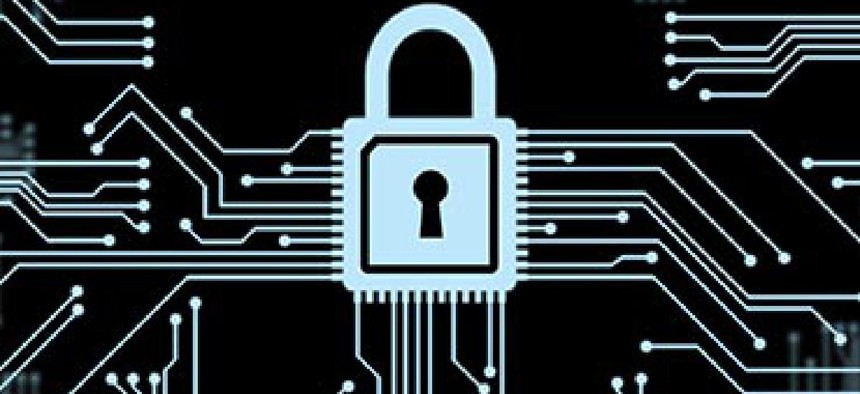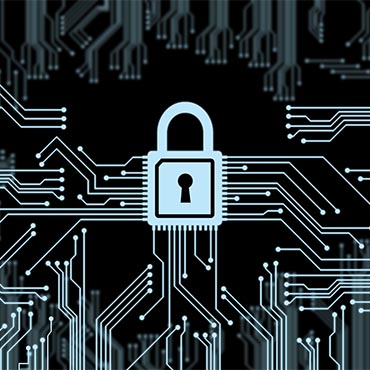SAIC looks to make cyber services easier to buy

A new cybersecurity consulting service bets on simplicity and automation.

The staying power of sequestration-level federal budgets has made the bang-for-buck sales pitch pervasive among security vendors. The message to federal clients is simple: Your dollars are scarce and, unlike our competitors, we are willing to save you money by bundling services or selling you less than we could.
Science Applications International Corp. has taken this tack with a new cybersecurity consulting service the firm will officially unveil in August but is already offering clients.
“A lot of times the government ends up in a situation [where] they have a long, protracted procurement process just to buy a service like this,” said Charles Onstott, vice president and manager of SAIC’s Cyber, Cloud and Data Science Service Line. “That’s one of the reasons why we wanted to create this defined offering. So it’s out there, people know what they’re getting, the acquisition people can see it clearly, the end customer can see it clearly [and] price is easy to understand,” he added.
The federal government is still figuring out how to buy services on an as-needed basis but has been “very slow to adopt that model,” added Doug Wagoner, president of SAIC’s Services and Solutions Sector. The McClean, Va.-based government IT firm reckons that clarity of price and service purchased, which is not necessarily the norm in a convoluted acquisition process, will help agencies save money.
The new consulting service has three tiers. A client can choose any one or a combination of them.
The first phase scans the client’s network, reviews its physical and personnel security, and produces a report on vulnerabilities. That takes about two weeks. “And then we can work with them to understand: What is their risk appetite? What budgets do they realistically have?” Onstott said.
The second phase of the service is about flushing the detected vulnerabilities from the network and lasts a few months. The final phase is a post-treatment monitoring of the customer’s network, which SAIC carries out at its system operations center in Oak Ridge, Tenn. – a “very low-cost part of the country, but very high tech,” Wagoner said.
SAIC tested the new consulting service on a Department of Defense client and found what Onstott described as “a very concerning number of vulnerabilities.” Such was the depth of network intrusion that the firm first had to slow down the rate those threats were being introduced before rolling back the gross number of threats.
Within six months, he said, the client had addressed those vulnerabilities through a combination of manual and automated measures, the latter of which made up about 40 percent of responses and included automatically applying software patches and changing the configuration files of a system.
Automation is central in SAIC’s sales pitch. “We think right now, in this environment, the government needs to have an effective solution at a reasonable price, and automation is the way to get there,” Onstott explained, adding, “our longer term goal is to help move the government into a more proactive stance on these attacks.”
He is confident SAIC clients will embrace the automation of cybersecurity responses and that doing so won’t render cybersecurity staff superfluous. Automation allows “staff to spend more time on doing the proactive type of work that helps prevent these attacks from being effective within the network,” Onstott said.
NEXT STORY: What 18F aims to accomplish


